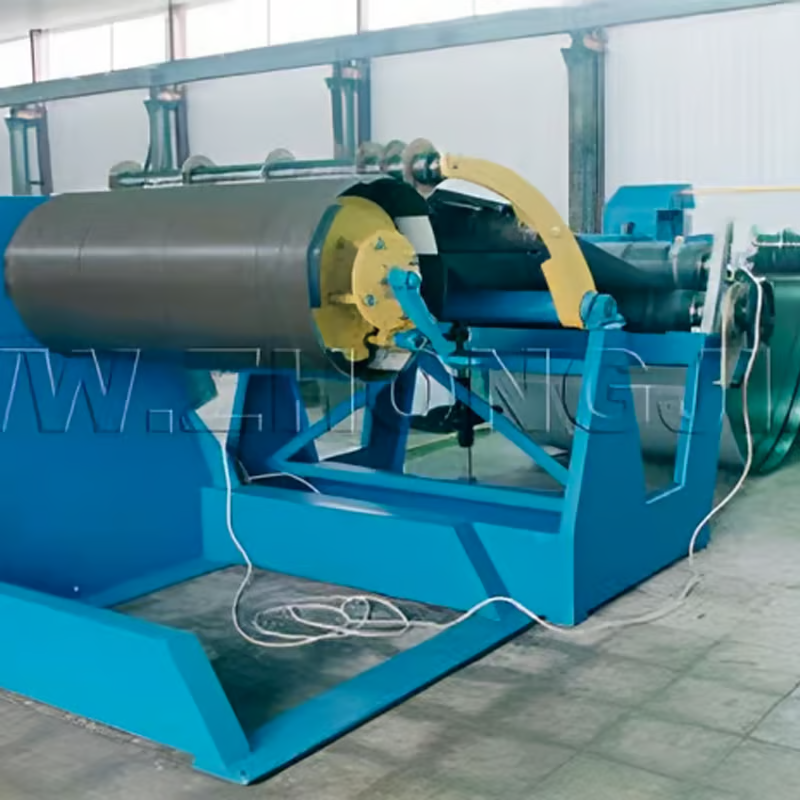Table of Contents

Introduction
A slitting and cutting machine is one of the most essential equipment for many industrial operations. This machine is used to cut materials into smaller parts, allowing for precision and efficiency in production. In this article, we will discuss the different aspects of a slitting and cutting machine and how it can benefit your business.
How it Works
A slitting and cutting machine works by feeding a roll of material through the machine. The roll is then cut into smaller pieces using sharp blades that move across the material. The machine is computer-controlled, ensuring that each cut is precise and accurate. This results in high-quality material that can be used for a variety of industrial applications.
Types of Materials
A slitting and cutting machine can be used on various materials such as paper, plastic, fabric, and metal, among others. The type of material used will determine the type of blades that will be required. It is crucial to select the right blades for the material to ensure quality cuts and avoid damage to the machine.
Applications
A slitting and cutting machine is used in various applications, such as in the manufacturing of labels, tapes, films, and other packaging materials. It is also used in the production of metal sheets, textiles, and other industrial materials. The machine's versatility makes it an excellent investment for businesses that require precision cutting and high-quality material production.
Speed and Efficiency
A slitting and cutting machine can process large volumes of material quickly and efficiently. This saves businesses time and reduces the cost of production. Moreover, the computer-controlled process ensures that each cut is precise, eliminating the need for manual intervention, which can lead to errors and wastage of material.
Customization Options
A slitting and cutting machine can be customized to suit specific production requirements. The machine's computer-controlled nature allows for customization of measurements, cuts, and speed. This makes it possible to produce tailored products for specific customers or markets, providing businesses with a competitive edge.
Maintenance
Regular maintenance of a slitting and cutting machine is critical to ensure it remains in optimal condition. Maintenance should include checking and replacing blades, cleaning the machine, and lubricating its parts. Proper maintenance will reduce the risk of breakdowns and prolong the machine's lifespan.
Cost Considerations
The cost of a slitting and cutting machine varies depending on its specifications and capabilities. However, businesses should consider the machine's potential to increase production speed and efficiency, leading to cost savings in the long run. Moreover, customization options can lead to increased revenue streams, making the machine a valuable investment.
Choosing the Right Machine
When choosing a slitting and cutting machine, businesses should consider the type of materials they will be working with and the desired production output. They should also consider the machine's maintenance requirements, customization options, and cost. Consulting with industry experts can help businesses make an informed decision when selecting a machine.
Conclusion
A slitting and cutting machine is a versatile and valuable asset for businesses looking to increase production speed and efficiency while producing high-quality materials. With careful consideration of the machine's capabilities, maintenance, and cost, businesses can make an informed decision about investing in this equipment.

